- Shop
New to UCAN?
- About
- How to use ?
- Learn
- Contact us
Best Energy Gels for the Aussie Marathoner
Trying to find the best energy gels for your marathon? For Aussie conditions, it's hard to look past Maurten Gel 100 with its high-carb, no-fuss formula. If you've got a sensitive stomach, SIS Go Isotonic Gels are a great shout, and for those scorching race days like the Gold Coast Marathon, a gel with added electrolytes is a non-negotiable.
Ultimately, the right gel comes down to your gut, the race day forecast, and your personal fuelling plan.
Contents
Your Guide to Nailing Marathon Fuelling
Picture this: you're lining up for the Sydney Marathon. You're 30k in, feeling strong, and then it hits. That all-too-familiar energy crash. Your legs turn to lead and your pace grinds to a halt.
This is the moment every runner dreads, but it's completely avoidable with the right fuelling strategy.
Getting your energy gel plan right is just as crucial as logging all those long runs. It’s the difference between bonking at the 30km mark and powering through to a strong, satisfying finish.
This guide cuts through the marketing fluff to give you a straightforward plan for finding the best energy gels for you. Forget the complicated jargon; this is practical advice from one training mate to another.
Finding the Right Gel for You
We'll break down what you actually need to look for, covering everything from flavour and texture to how different ingredients fuel your body. We’ll look at options that are easy on the stomach and those packed with electrolytes to get you through a hot and humid race like Ironman Cairns. It’s all about helping you understand what works, what doesn't, and why.
Think of this as your race-day game plan, designed to ensure you’re never caught out when it counts. We'll dive deep into:
- What makes a gel work: The simple science behind how gels provide steady, reliable power.
- Testing in training: The non-negotiable rule of "nothing new on race day."
- When to take them: Creating a simple, effective timing strategy for the big day.
By the end, you'll have a clear idea of how to build a fuelling plan that gets you across that finish line feeling strong, not struggling. Let's get started.
Top Energy Gels for Aussie Marathon Conditions
With so many options out there, it helps to narrow things down by race type. Here's a quick cheat sheet to match the right kind of gel to some classic Aussie marathon scenarios.
| Gel Type | Best For | Aussie Race Example |
|---|---|---|
| Isotonic Gels | Sensitive stomachs and easy digestion without extra water. | Melbourne Marathon – where aid stations can be crowded. |
| High-Carb Gels | Maximum energy intake for experienced runners chasing a PB. | Sydney Marathon – for maintaining a fast, consistent pace. |
| Electrolyte Gels | Hot and humid conditions to prevent cramping and dehydration. | Gold Coast Marathon or Ironman Cairns. |
| Caffeinated Gels | A late-race mental and physical boost in the final 10km. | Any marathon when you need to dig deep for the finish line. |
Think of this table as a starting point. Your perfect gel is out there—it just takes a bit of trial and error during your training block to find it.
How Energy Gels Actually Fuel Your Run
So, what’s the deal with these little packets of goo? Think of an energy gel as a super-concentrated shot of fuel for your muscles—like high-octane petrol for your body's engine. When you're deep into a marathon, whether it’s in Sydney or Melbourne, your body's main energy source, carbohydrates stored as glycogen, starts running seriously low.
After about 90 minutes of hard running, your glycogen stores are well on their way to being depleted. This is when you risk hitting "the wall"—that horrible feeling where your legs turn to lead and your pace grinds to a halt.
Gels are your secret weapon against the wall. They're packed with simple sugars that your body can absorb and use for energy almost instantly, topping up your tank and keeping you moving forward.

The Fuel in the Packet: What Really Works
Not all sugars are created equal, and the blend inside a gel really matters. Most of the best energy gels for marathon runners use a smart mix of different carbohydrates to give you both a quick hit and sustained power.
Here’s a simple breakdown of what’s usually inside:
- Glucose (or Maltodextrin): This is your fast-acting fuel. Your body absorbs it quickly, giving you that immediate energy lift you need to power through a tough patch.
- Fructose: This sugar is clever. It's absorbed through a different pathway in your gut, which allows your body to take on more carbs per hour without causing stomach issues.
This dual-source energy approach is a genuine game-changer. It means you can get more fuel into your system efficiently, which is exactly what you need when you're asking your body to perform for hours on end.
The goal is simple: deliver a steady stream of energy to your working muscles without upsetting your stomach. The right blend of carbs makes this possible, preventing the dreaded sugar crash you’d get from just eating lollies.
Why Texture and Consistency Matter
You'll notice gels come in all sorts of thicknesses. Some are thick and sticky, while others are watery and light. This isn't just about personal preference; it actually affects how you use them on the run.
Thicker Gels:
These are often more concentrated and you’ll need a good swig of water to help wash them down and aid digestion. Taking them without water is a recipe for stomach cramps because your body has to pull fluid from elsewhere to dilute the gel.
Isotonic Gels:
These are pre-mixed with water to have a similar concentration to your body's fluids. They are much runnier and easier to swallow without needing extra water right away. This makes them a great option if you find yourself between aid stations on the Gold Coast Marathon course.
For a deeper understanding of the science behind how your body burns fuel during intense exercise, you might want to look into metabolic stress testing. It can give you a data-driven look at how your own engine runs.
Adding an Extra Kick: Caffeine
Many gels also come with added caffeine. This isn't just to wake you up; caffeine has been shown to reduce the perception of effort, making those tough final kilometres feel a bit more manageable. However, it's a tool to be used wisely. If you want to dive deeper into this, our guide on the best caffeine gel for endurance explains how to use it to your advantage.
Ultimately, understanding how a gel works helps you choose the right one for you. It's not about marketing hype; it's about giving your body the right type of fuel, at the right time, to keep you running strong from the start line all the way to the finish.
Building Your Marathon Fuelling Plan
Getting your gel strategy right is just as critical as logging your long runs. Take too few, and you'll find yourself stranded kilometres from the finish line. Take too many, and you’ll be desperately scanning the crowd for the nearest portaloo. It’s a delicate balance, but mastering it is the secret to a strong race day.
Think of this as your practical guide to building a personal fuelling plan that actually works. We're going to keep it simple and effective—no complex spreadsheets required.
How Much Fuel Do You Actually Need?
The general rule of thumb for endurance events is to aim for 30-60 grams of carbohydrates per hour. Since most energy gels pack about 20-25 grams of carbs, this works out to roughly one gel every 30 to 45 minutes.
But let's be clear: this isn't a one-size-fits-all prescription. Your personal needs will hinge on a few key factors:
- Your Pace: The faster you run, the more fuel your body burns. If you’re pushing a hard pace, you'll need to fuel more often than someone taking a steadier approach.
- Your Body Weight: A bigger runner has a bigger engine, and that engine simply requires more fuel to keep it humming along smoothly.
- Race Duration: A four-hour marathon demands a much more robust fuelling plan than a two-hour half.
For most marathoners, this means taking somewhere between two to three gels per hour is a solid starting point to avoid hitting the dreaded wall. For races lasting longer than four hours, your total gel count could easily climb to eight or even twelve. Faster runners might even find they need a gel every 20 minutes, or roughly every five kilometres. The key is to test this out during your long runs to see what your gut can comfortably handle.
This simple graphic breaks down the basic timing for your marathon gel strategy.

The flow is simple but effective: fuel before you start, maintain your energy with consistent gels throughout the race, and then focus on recovery afterwards.
Creating Your Starting Plan
Don't overcomplicate things. Begin with a simple, repeatable plan and then tweak it based on how you feel during your long training runs.
Here’s a solid starting point to try out:
- Take one gel about 15 minutes before the start line. This tops up your glycogen stores, ensuring you begin the race with a full tank.
- Take your next gel 45 minutes into the race. Don't wait until you feel tired! The goal is to stay ahead of fatigue, not chase it.
- Continue taking one gel every 45 minutes after that. If you tend to forget, set a recurring reminder on your watch.
- Always carry one extra gel. You never know when you might drop one or just need an unexpected boost in those tough final kilometres.
Think of your fuelling plan as your race day insurance policy. Having a reliable schedule removes the guesswork and lets you focus purely on your running, not on whether you’re about to bonk.
Practice Makes Perfect
The golden rule of marathon running is nothing new on race day, and this is especially true for your nutrition. Use every single long run as a full dress rehearsal for your fuelling strategy.
This is your chance to figure out the important details:
- What flavours you can tolerate: A flavour that tastes great at the 5km mark might be downright nauseating by 35km.
- How your stomach reacts: Gels can be tough on the gut for some people. Practice helps your body adapt and tells you what works.
- The logistics: Can you actually open the packet while running? Where are you going to carry them? These small things matter.
Of course, gels are just one part of the puzzle. A truly successful race plan integrates comprehensive hydration and nutrition strategies for peak performance. By testing and refining your plan during training, you’ll build the confidence you need to execute it perfectly when it counts.
Using Gels with Electrolytes for the Aussie Heat
Anyone who’s run a marathon in Australia knows the deal. You’re often battling some serious heat and humidity, whether it’s a scorching Gold Coast Marathon or just a steamy summer long run. The conditions can be absolutely brutal. But this isn't just about feeling uncomfortable; it's about what that heat is doing to your body on the inside.
When you sweat, you're not just losing water. You’re also losing a cocktail of vital electrolytes like sodium and potassium. These are the tiny minerals that act as the wiring for your muscles and nerves, helping them contract and fire properly. Lose too many, and you’re on a fast track to cramping, fatigue, and a serious performance dive.
This is exactly where electrolyte gels become an absolute game-changer for any Aussie athlete.

Why You Need to Replace What You Sweat Out
Think of your electrolytes as the spark plugs for your muscles. Without them, your engine starts to misfire. That sudden, excruciating cramp in your calf or hamstring late in a race? That's often the first and most painful sign that your electrolyte levels are completely out of whack.
But the problems begin long before the cramps hit. Low sodium can bring on headaches, dizziness, and that general feeling of weakness—all things you definitely don't want to be dealing with when you're 30km into a marathon.
While standard energy gels are fantastic for delivering carbs on the go, they don't always pack enough electrolytes to replace what you're losing in the sweltering Aussie heat. Electrolyte-fortified gels are designed to pull double duty: delivering fast-acting carbs for energy and replenishing those crucial minerals to keep your body firing on all cylinders.
Building Electrolyte Gels into Your Plan
So, how do you actually work these into your fuelling strategy? It's much simpler than it sounds. You don’t need to replace every single gel with an electrolyte version. A smarter approach is to alternate between your regular gels and those with added electrolytes.
Here’s a simple strategy to start experimenting with in training:
- For Hot Conditions: Try swapping one of your regular gels for an electrolyte gel every hour.
- For Heavy Sweaters: If you're the type who finishes a run with white salt stains on your gear, you might even alternate every other gel you take.
- Listen to Your Body: If you feel the early twinges of a cramp or start feeling lightheaded, that's your body's signal to grab an electrolyte gel at your next opportunity.
The key here is to be proactive. Don't wait until you're already cramping to think about electrolytes. By that point, it’s often too late to fully recover on the run. A little bit of planning goes a very long way.
This balanced approach ensures you're getting that steady stream of carbs you need while also staying on top of your hydration and mineral levels. It's a small tweak that can make a massive difference to how you feel in the back half of a hot race like Ironman Cairns. While gels are fantastic, for a complete picture of hydration, have a look at our ultimate guide to electrolyte drinks to see how they fit into the bigger picture.
Finding the Right Electrolyte Gel
Many Aussie marathoners are already onto this, often choosing gels fortified with electrolytes to combat the dehydration that comes with sweating buckets in our warm conditions.
For example, a popular choice like the Science in Sport (SiS) GO Energy + Electrolyte Gel delivers 22g of carbohydrates along with those key minerals. Feedback from local athletes suggests that taking one or two of these per hour, mixed in with standard gels, is a great way to maintain hydration and fend off fatigue when the mercury rises. The goal is to keep both your energy and fluid balance in check—something that's non-negotiable for performing your best in the Aussie climate.
The Mental Advantage of a Solid Gel Strategy
Fuelling for a marathon isn't just a physical battle; it's a massive mental game. Anyone who's found themselves in the hurt locker at the 35km mark of the Sydney Marathon knows your mind often wants to quit long before your body does.
This is where a solid, well-practised gel strategy becomes your secret weapon. It’s about more than just carbs and calories—it’s about building unshakable confidence in your ability to manage your energy from start to finish.
Turning Anxiety into Confidence
The biggest fear for almost every marathoner is "hitting the wall." It’s that nagging thought that can creep in and sabotage your race before you’ve even started to fatigue. A reliable fuelling plan is your best line of defence against this fear.
When you know you’ve got your gels sorted—and exactly when you'll take them—you remove a huge piece of race-day uncertainty. Instead of worrying about when you might start to fade, you can focus on your pacing, your form, and just being in the moment. That sense of control is incredibly powerful.
When you trust your fuelling plan, you’re not just feeding your muscles; you’re fuelling your confidence. You’re telling yourself, 'I've got this handled. I have the fuel I need to see this through.'
This mental reassurance can be the difference between pushing through a tough patch and letting the negative thoughts take over. It’s all about being proactive with your energy, not reactive to fatigue.
Finding Familiarity in a Chaotic Environment
Race day is organised chaos. There are crowds, nerves, and a hundred little things that can throw you off your game. In this unpredictable environment, your fuelling routine becomes a comforting anchor.
Sticking to the same gels, flavours, and timing you used in your long training runs creates a sense of predictability. Your body and mind know what to expect. No surprises, no sudden stomach issues from a new gel, and no last-minute panic.
Psychological factors play a huge role in how Aussie marathon runners use energy gels. Most of us build our strategies on a mix of experience, advice, and science, often settling on an intake every 30 to 45 minutes to keep energy levels stable. The simple act of carrying your own gels, rather than relying on aid stations, reduces the anxiety of potentially hitting the wall. This confidence in their plan is directly linked to better motivation and performance during the race itself. You can find out more about how fuelling plans impact race psychology.
This consistency helps keep your head in the game when things get tough. It's one less thing to think about, letting you conserve that precious mental energy for the physical challenge ahead. Ultimately, a great gel plan makes you a tougher, more resilient runner when it truly counts.
Common Marathon Gel Mistakes to Avoid
We’ve all heard the horror stories—or even experienced them firsthand. A race plan perfectly executed for 30km can fall apart in minutes because of a simple fuelling mistake. Getting your gel strategy wrong can derail your marathon in a hurry, turning a potential PB into a painful shuffle to the finish.
This is your straight-talking guide to the most common gel mistakes and, more importantly, how to avoid them. Learning from others’ errors is the smartest way to make sure your race day goes as smoothly as possible.
Waiting Until It's Too Late
This is the number one rookie error. So many runners wait until they feel tired or hit the 90-minute mark before reaching for their first gel. By then, your energy stores are already running on fumes, and you’re playing a desperate game of catch-up that you’ll never win.
The whole point of a fuelling plan isn't to react to fatigue; it's to prevent it from ever setting in. Start your fuelling early, usually around 45 minutes into your race, and stick to your schedule. This keeps your energy levels stable and stops you from ever hitting that dreaded wall in the first place.
Forgetting to Drink Water with Your Gel
Chugging down a thick, sugary gel without any water is a recipe for disaster. Most gels are highly concentrated, and without water, your body simply can't absorb the carbs efficiently. It has to pull fluid from elsewhere in your system just to dilute the gel, which can lead to stomach cramps, bloating, and a gut-wrenching trip to the portaloo.
Unless you’re using an isotonic gel (which is pre-mixed with water), always plan to take your gel just before a water station. A few good gulps of water will help your body process it quickly and get that energy shuttled to your muscles where it’s needed. For more insights on this and other common missteps, check out these tips on avoiding common running nutrition mistakes.
The golden rule is simple: Nothing new on race day. This applies to your shoes, your shorts, and especially your gels. Your long runs are the perfect dress rehearsal for your fuelling strategy.
Trying Something New on Race Day
It's tempting. You see a new, exciting flavour at the race expo and think, "Why not?" This is a massive gamble with your gut. A gel that works wonders for your mate might send your stomach into knots. Your digestive system needs to be trained to handle gels just like your legs need to be trained for the distance.
Stick to the exact brand, flavour, and timing that you practised with during your long runs. Race day is for execution, not experimentation.
Here are a few other common slip-ups to watch out for:
- Ignoring Flavour Fatigue: The berry gel you loved at 10km might taste sickly sweet by 35km. Practice with a couple of different flavours—maybe one fruity, one neutral—to give your palate a break.
- Poor Storage: Don't stuff your gels somewhere you can't easily reach them. Use a running belt or shorts with dedicated gel loops so you're not fumbling around when it's time to fuel.
- Not Carrying a Spare: Gels get dropped. It happens. Always carry one more than you think you’ll need as a backup plan. That extra gel could be the difference between a strong finish and a struggle.
Got a few questions still rattling around? You’re not the only one. Let’s tackle some of the most common queries we hear from Aussie runners.
Do I Really Need Water with Every Energy Gel?
Absolutely, mate. Think of most energy gels as a highly concentrated cordial – you wouldn't drink that straight, would you? Taking a gel without water can seriously slow down how fast your body absorbs the energy and might even lead to some nasty stomach cramps mid-run.
Water is the key that unlocks the energy. It dilutes the gel, making it much easier for your gut to process while you're putting in the work. A good rule of thumb is to always time your gel with a water station or carry your own fluids. The only exception here is 'isotonic' gels, which come pre-mixed with water and have a much thinner, runnier consistency.
What Is the Difference Between Gels with Caffeine and Without?
Caffeinated gels are your secret weapon for the back half of the marathon. They're designed to give you an extra mental kick when things get really tough. That hit of caffeine can help reduce your perception of effort, which makes grinding out those final, brutal kilometres feel just a little bit more manageable.
However, caffeine isn't for everyone and can cause jitters or stomach issues if you're not used to it. It’s best to use them strategically – maybe save one for that final 10km push to the finish line. Your non-caffeinated gels are the dependable workhorses, providing that steady stream of energy throughout the race. As with everything, test any caffeinated options in training first to see how your body handles it.
Can I Use Lollies Instead of Gels?
While a handful of jelly beans will give you a quick sugar hit, they just aren't built for the demands of endurance sport. The best energy gels for marathon running are scientifically formulated with specific blends of carbohydrates designed for both fast and sustained energy delivery. Lollies simply can't compete.
Gels are also a whole lot easier to open, swallow, and digest on the move compared to fumbling with a sticky handful of lollies. They deliver precise, reliable fuel without the high risk of upsetting your stomach when you need it most.
At UCAN, our focus is on providing steady, reliable energy that helps you cross that finish line feeling strong, not sick. Our products, powered by LIVSTEADY™, are engineered to keep your blood sugar stable, dodging the spikes and crashes of traditional fuels. Check out our complete range of fuelling solutions at https://generationucan.com.au.
Article created using Outrank

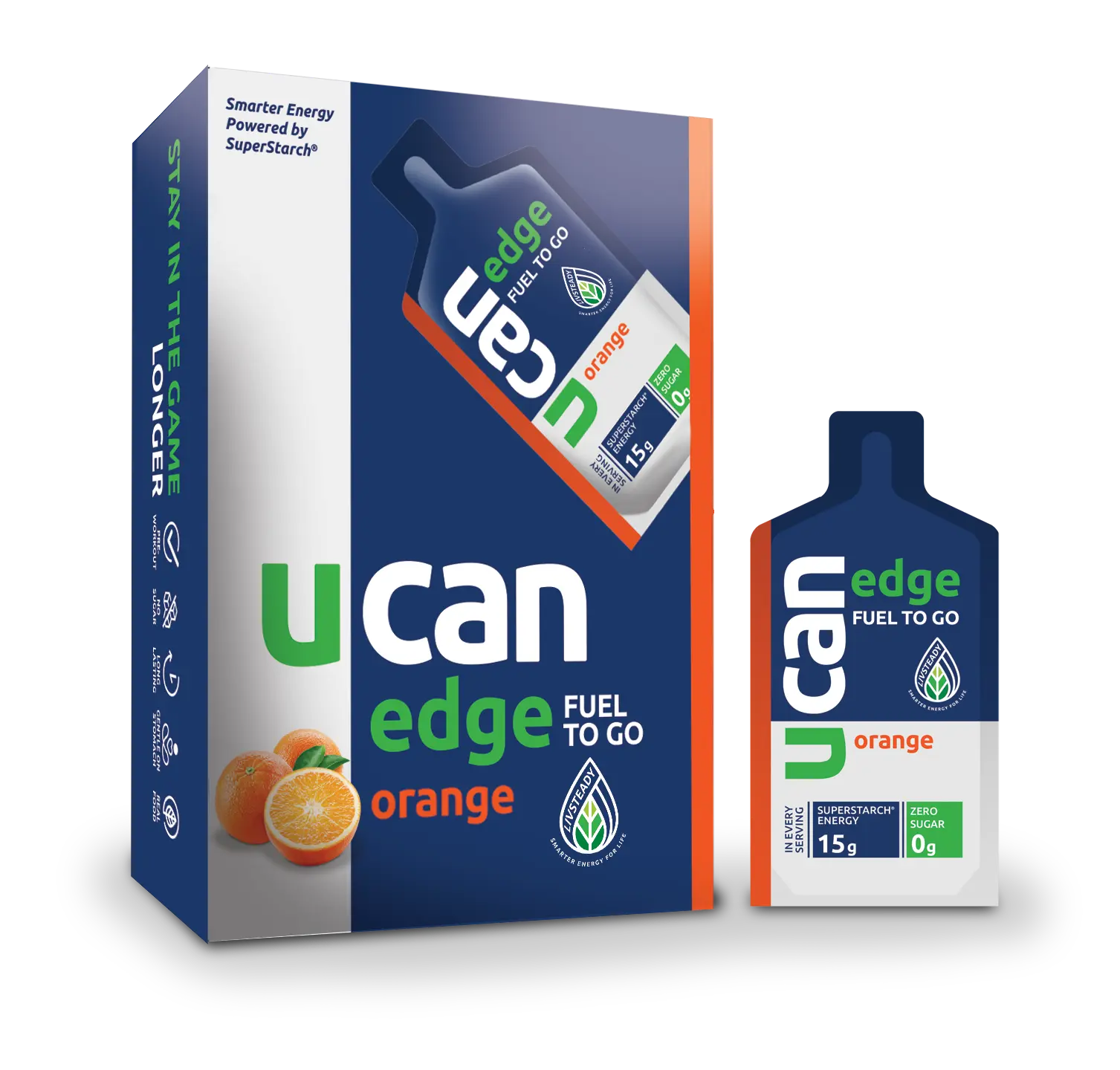
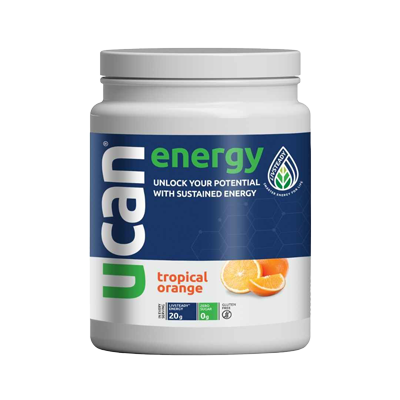
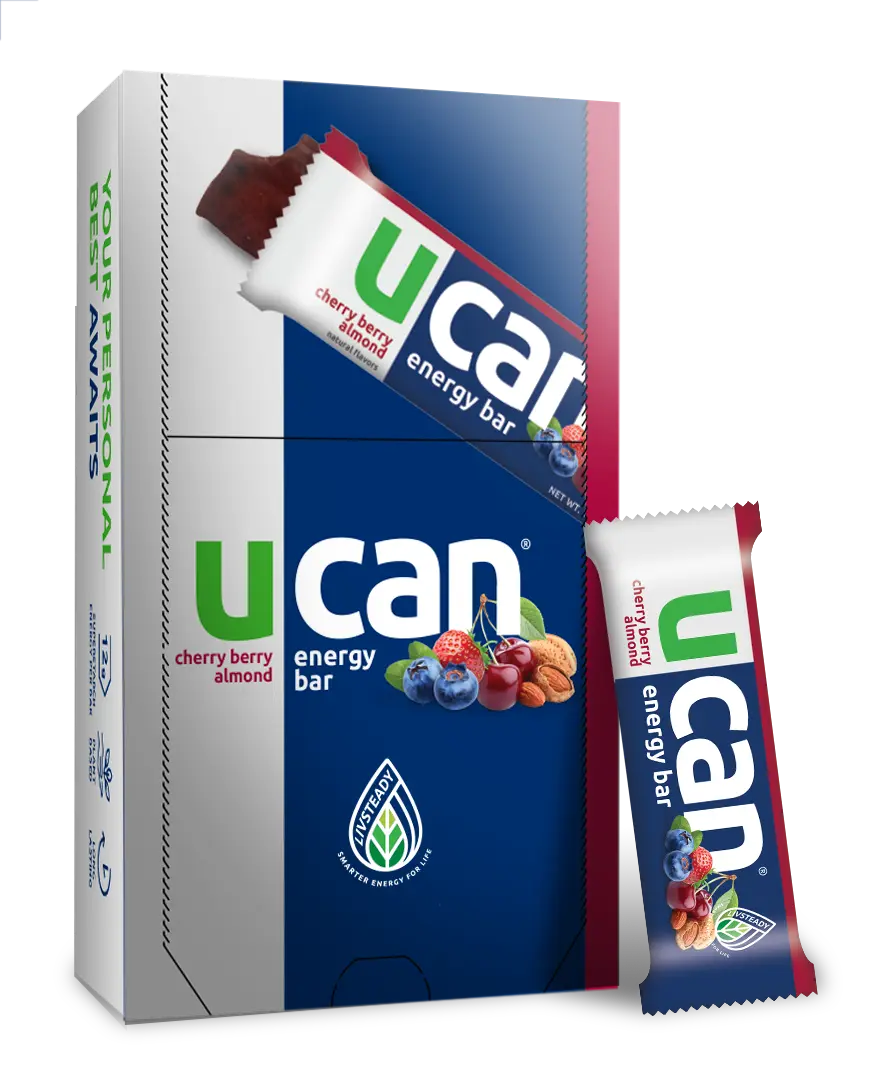
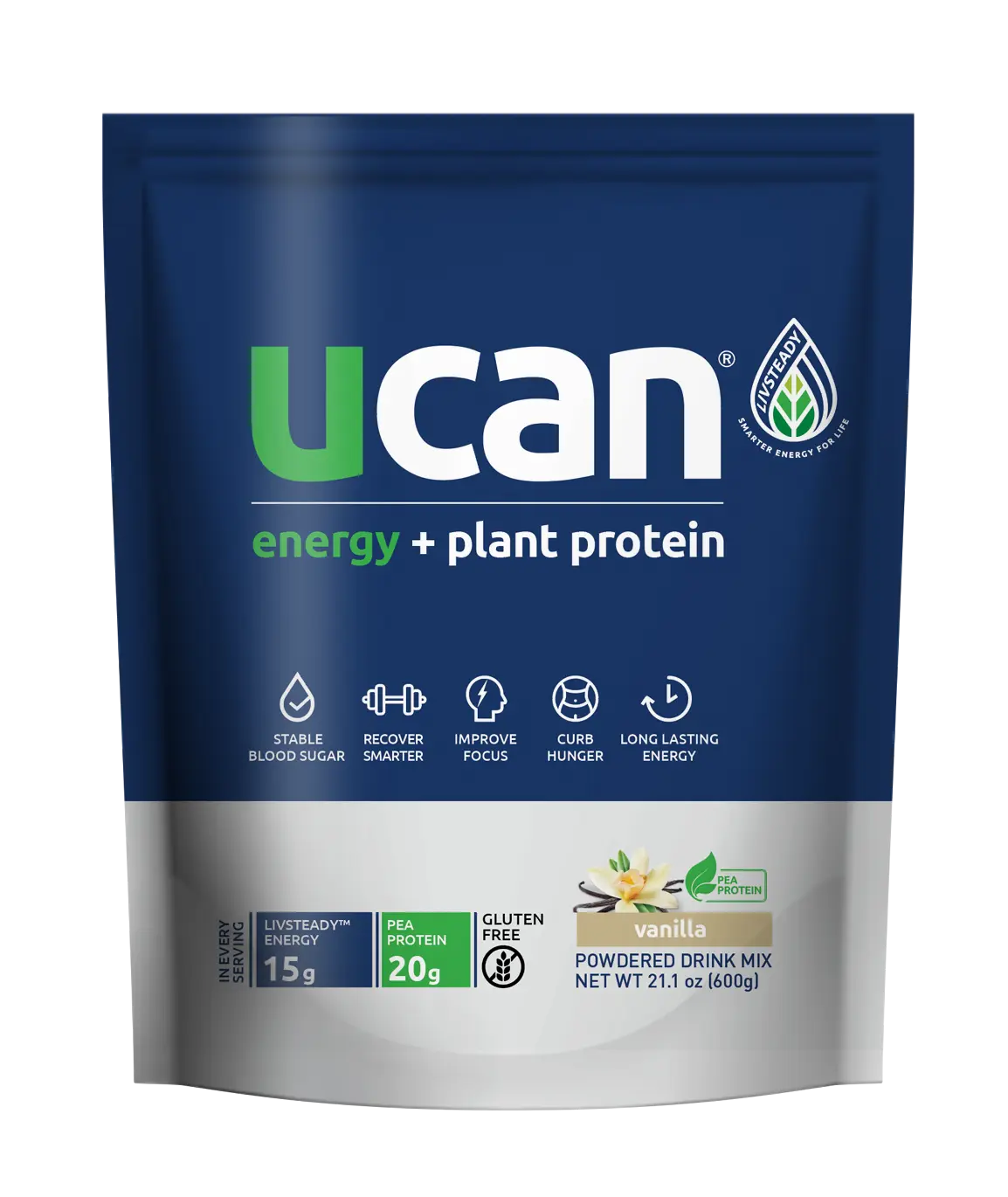
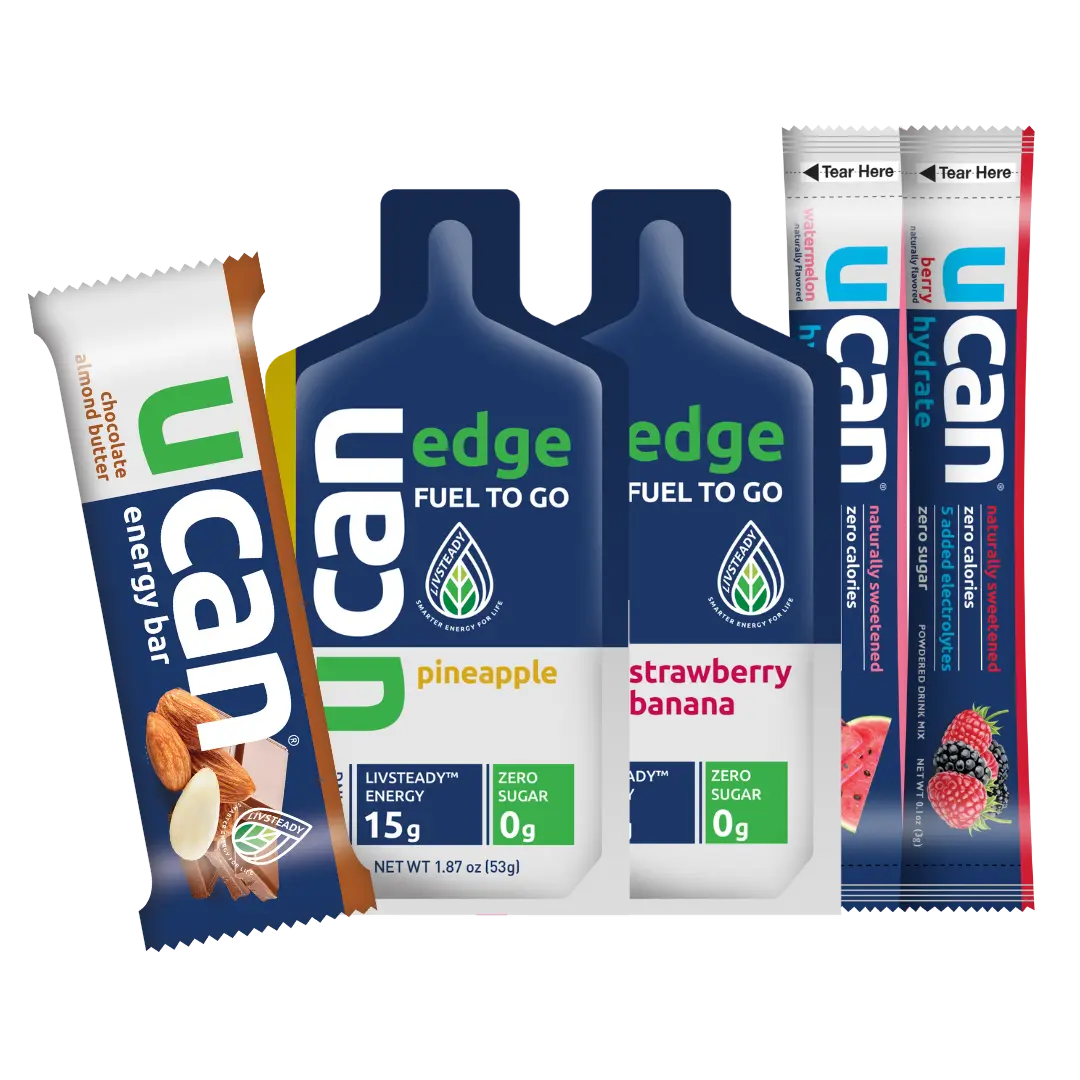
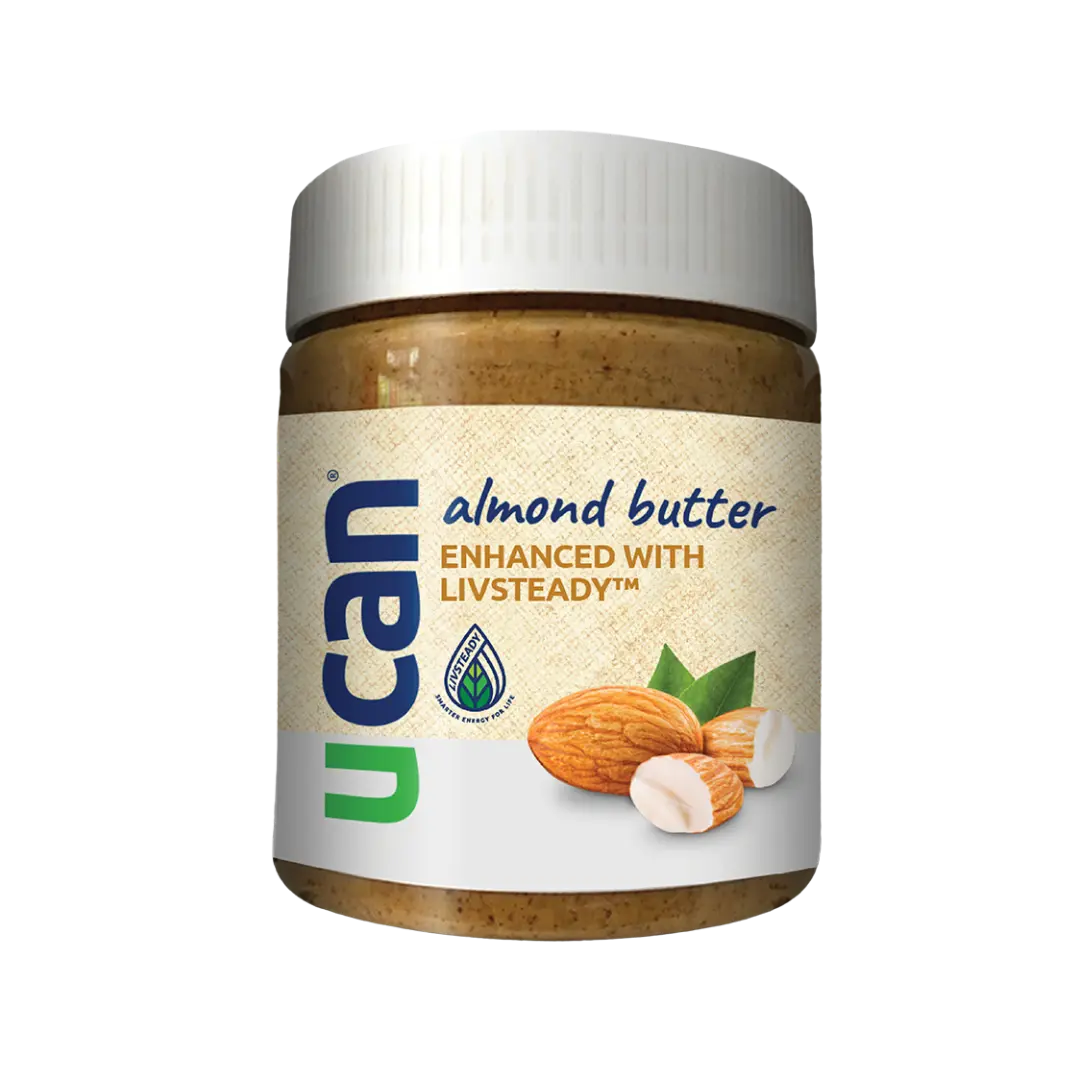
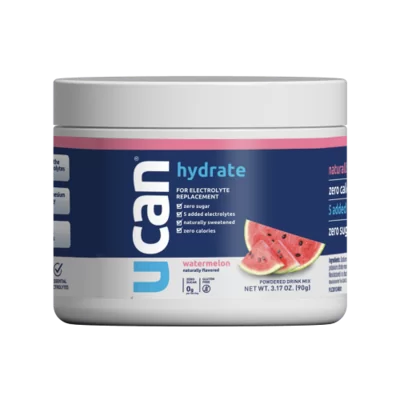
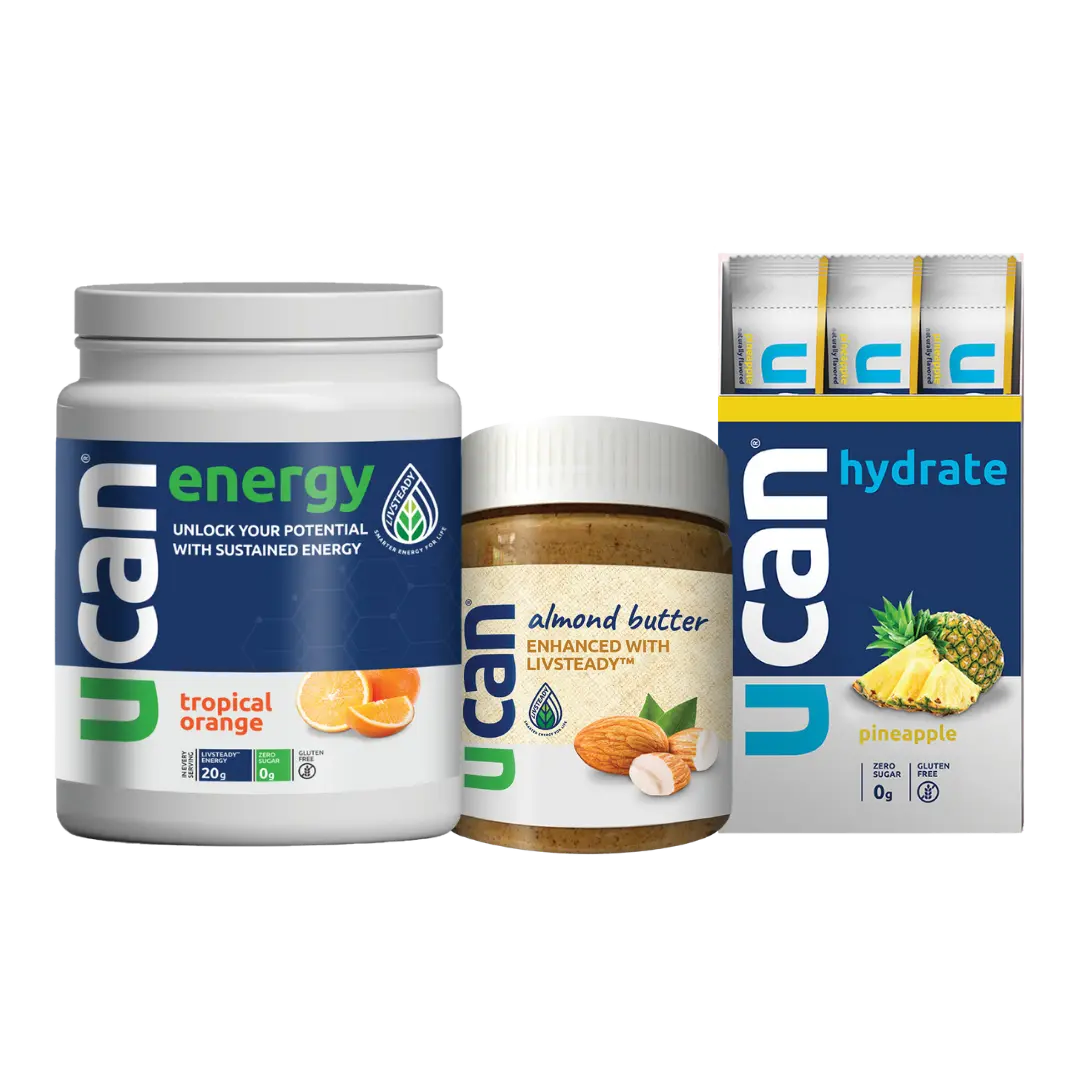
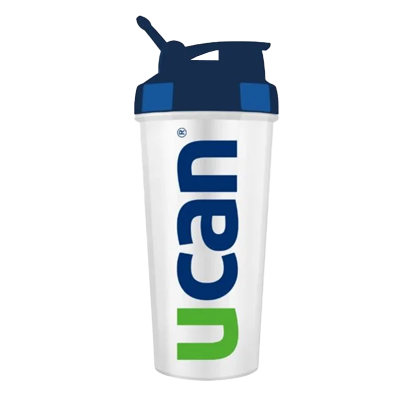
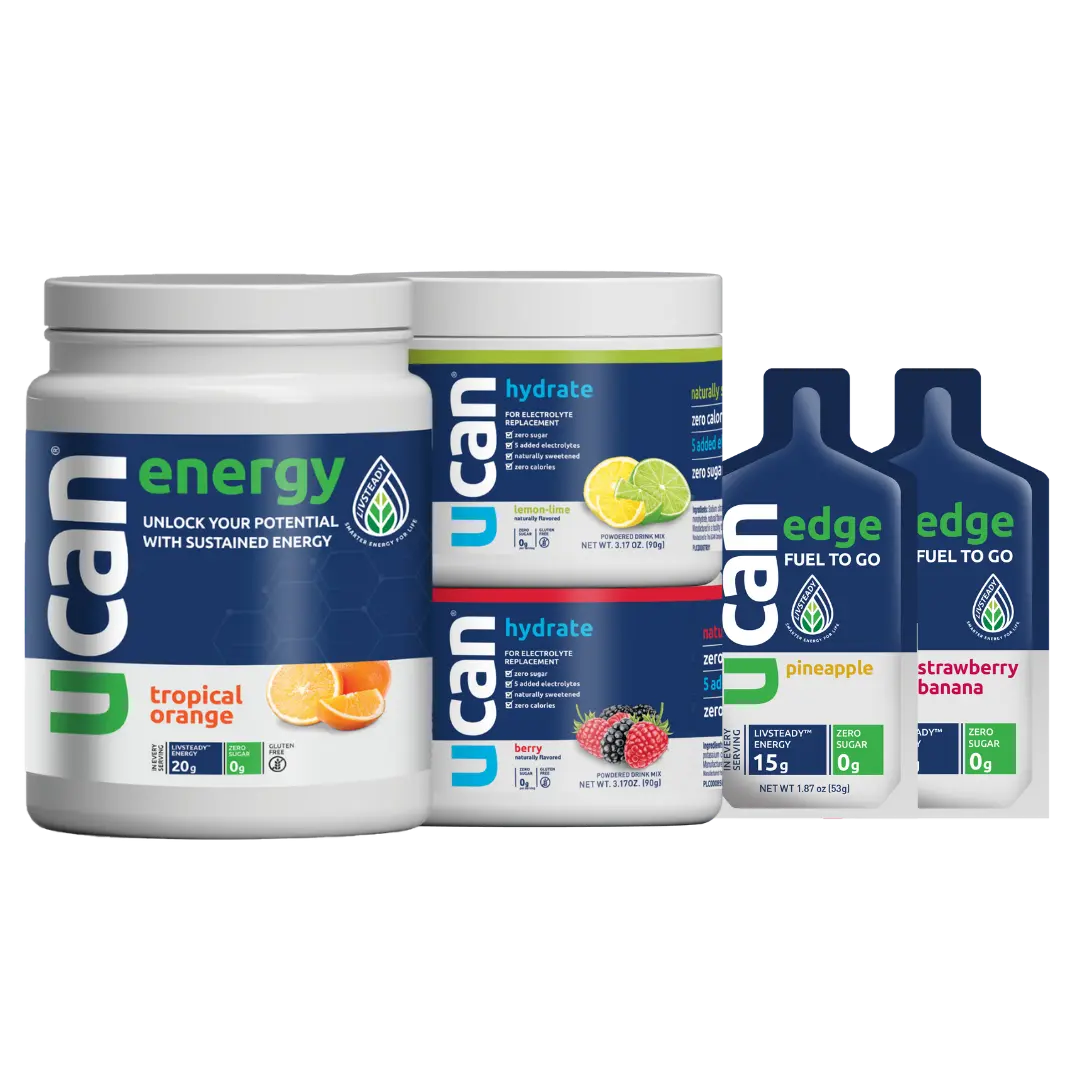
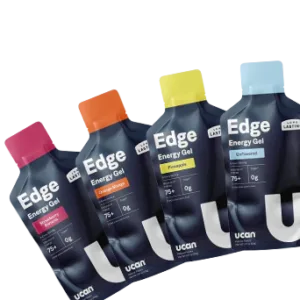
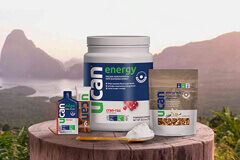
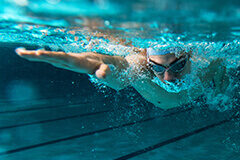

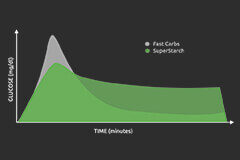


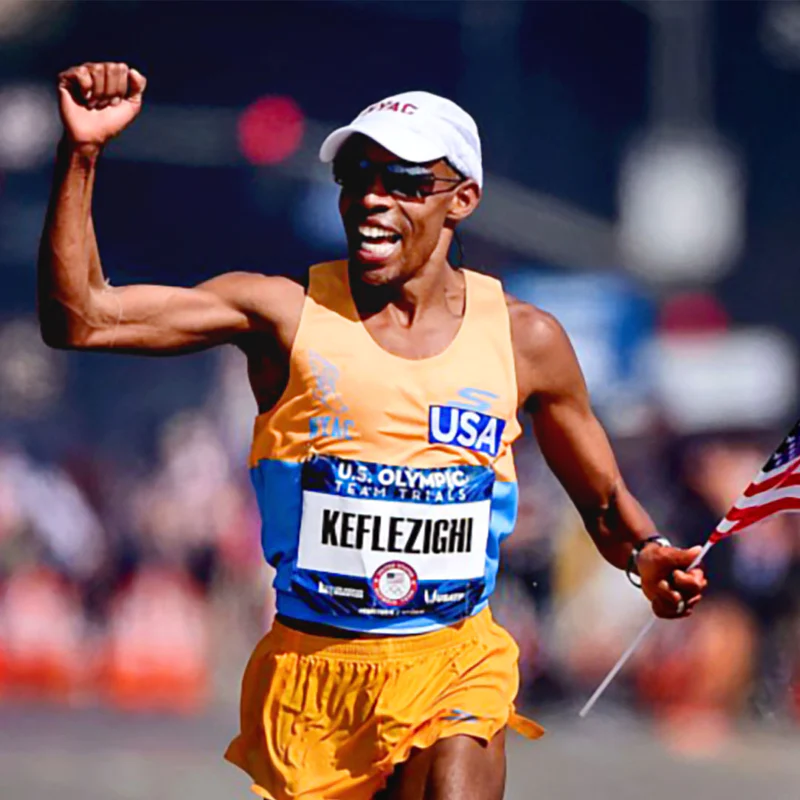



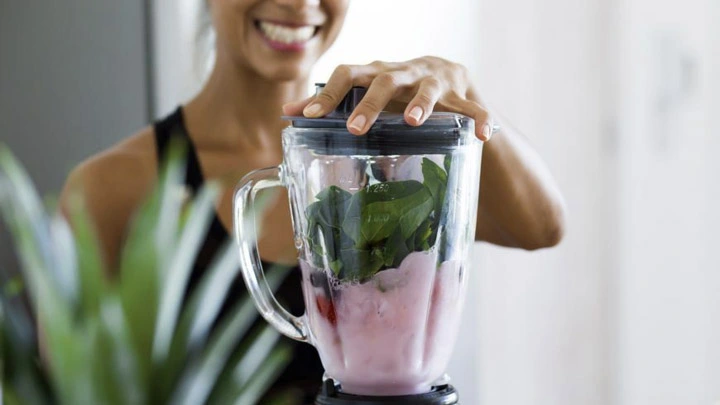

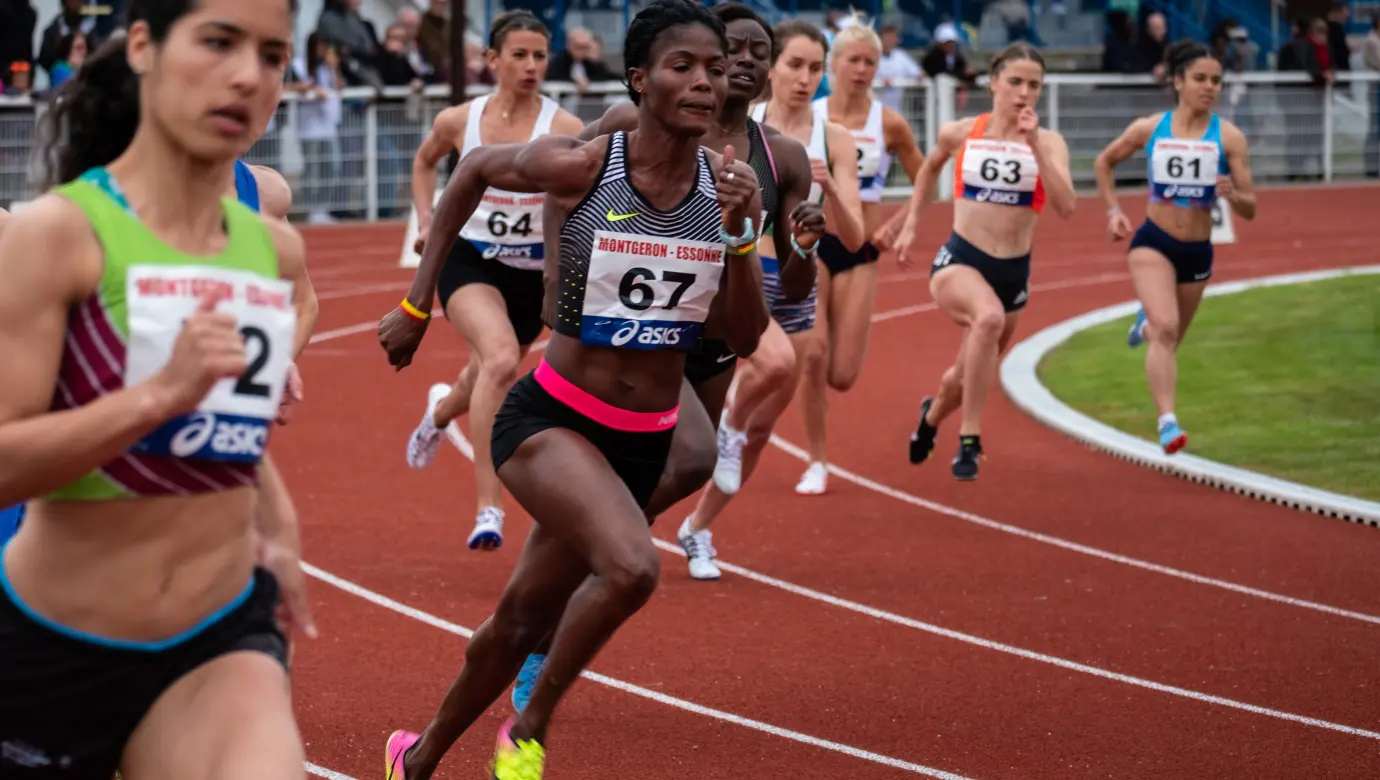

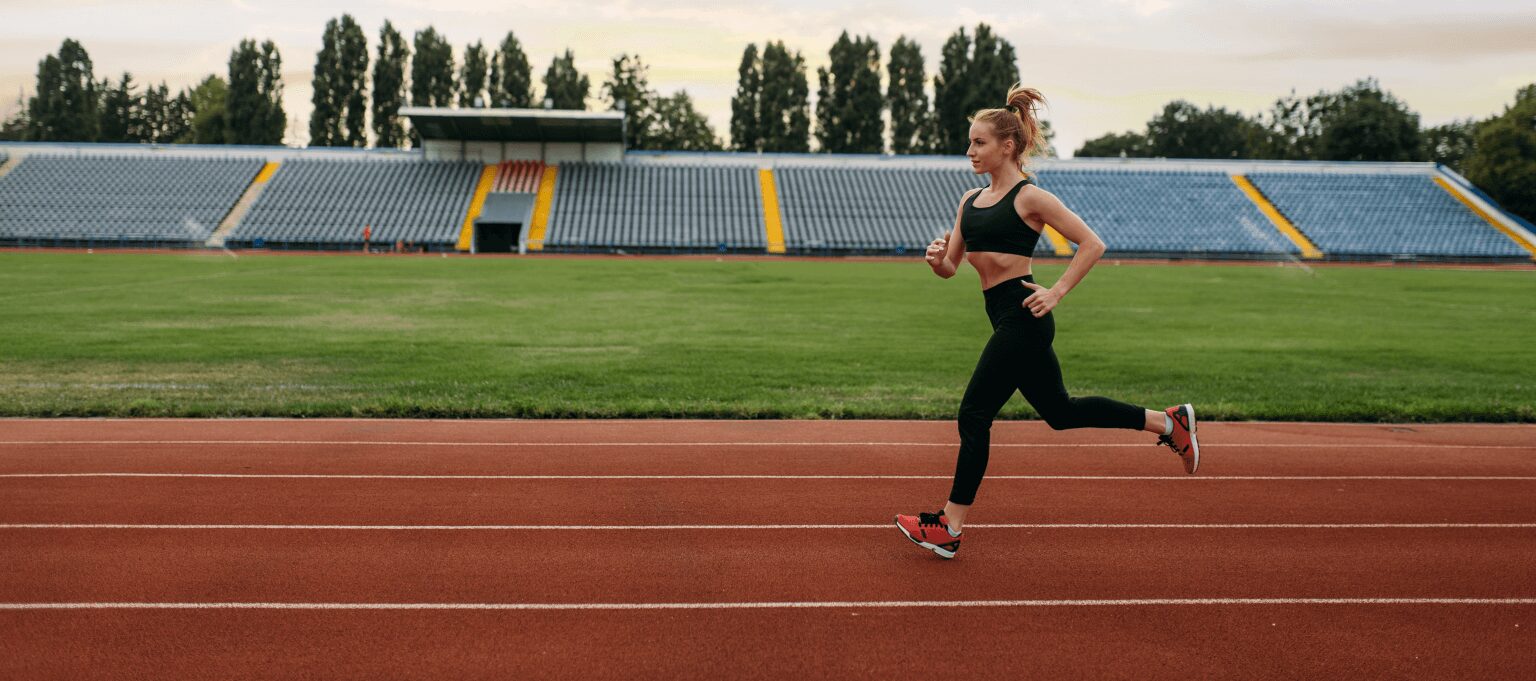


Comments are closed